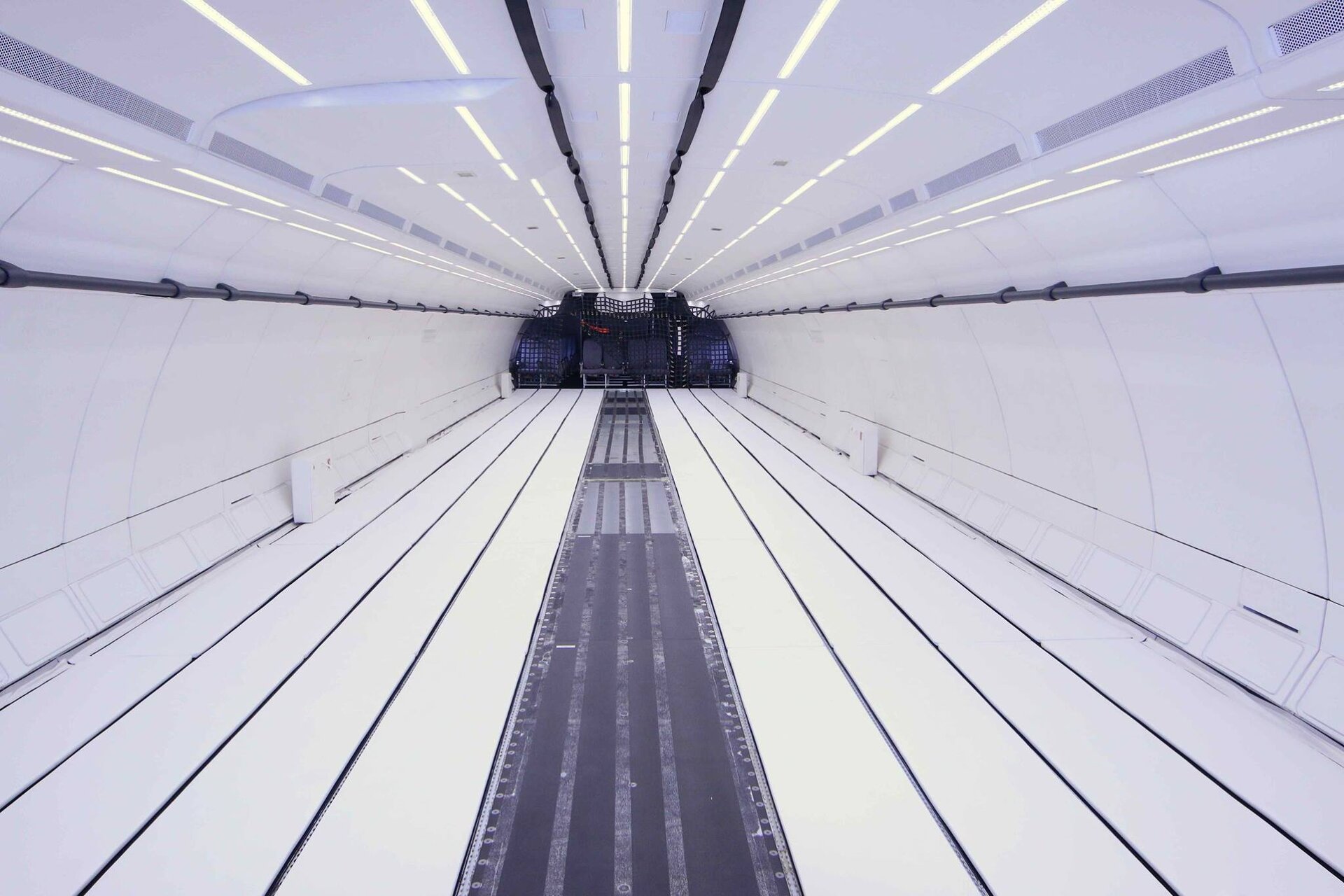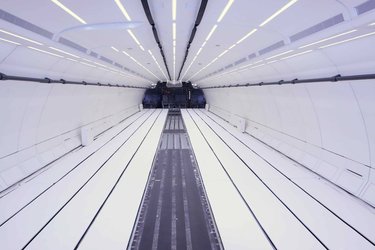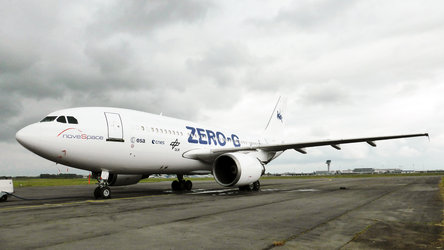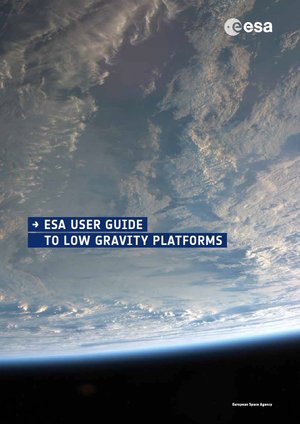Parabolic flights guidelines
The safety of personnel and equipment are of paramount importance during all ESA campaigns. Parabolic flights are considered as test flights, and precautions are taken to ensure that operations are conducted safely. All participants are adequately prepared for the repeated hypergravity and low-gravity phases.
Before flight, support is given to researchers to design equipment and make sure they are safe. All experiments are reviewed by experts during at the investigators' laboratories. Two independent safety processes are followed in parallel. All experiments are assessed by ESA experts as well as by the company that runs the flight, Novespace, as well as experts from the French flight testing centre CEV. A safety review is held a month before flight, where the equipment is discussed and safety is assessed. Finally, a safety visit is made in the aircraft to verify all equipment complies with the safety rules.
Medical aspects

All researchers selected by ESA for parabolic flights must pass a medical examination which is valid for up to two years.
Researchers wear special ESA flight suits, provided on loan during the campaign.
For experiments on human subjects, medical protocols submitted are reviewed by medical boards to ensure that the research follows ethical and safety rules.
During flight personnel supervise and support the experiment operations. A flight surgeon participates to supervise the medical aspect of operations and assists participants in case they feel unwell during the parabolas. Due to the constant changes in gravity motion sickness is quite common and can sometimes get in the way of fulfilling tasks. Before flying, anti-motion sickness medication is available to all participants.







